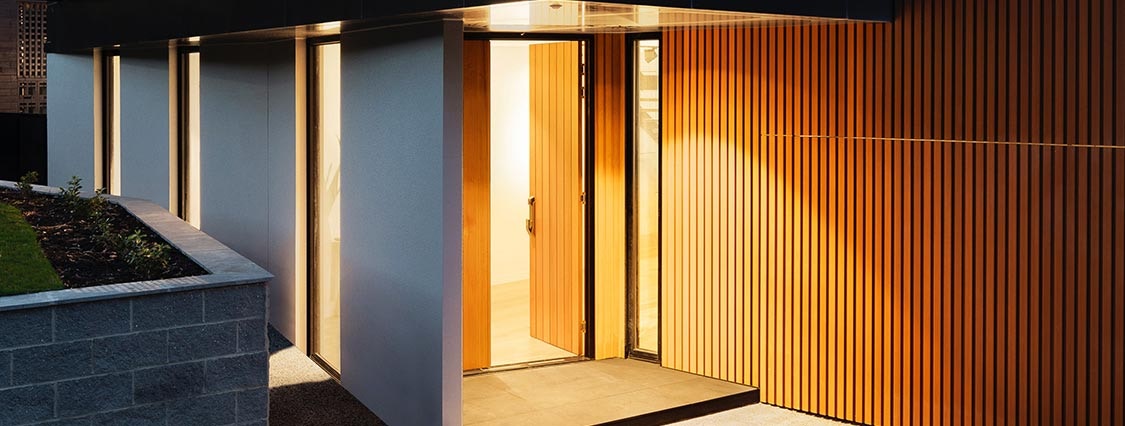The events of last year alone have made us think about the way we use smart home technology. We have previously used home automation technology for comfort, for improved energy efficiency and above all, to make our lives easier. Now, as a result of COVID-19, smart home technology has no doubt taken on an even bigger role in our everyday lives. This means many consumers have since then, extended this technology into a smart home security system.
According to a study by a technology analyst firm Telsyte, the smart home market in Australia alone reached $1.26bn in 2019. This a rise of 25% from the previous year. This is then forecasted to grow to $4.8bn by 2024. This same study found video doorbells and smart locks sales have gone up by 76%, whilst sales of smart cameras have increased by 38%.
Connected home hubs during the pandemic
So, with the COVID-19 pandemic forcing many of us to spend more time at home, we have begun to reevaluate our security needs as well as the need to continuously improve on our comfort. The good news is, this has led many of us to make our homes more secure. With an increasing number turning to smart home security devices rather than traditional means. From DIY friendly setups to complete professional installations.
“Many consumers who at first were rather sceptical of smart home security, are now beginning to realise the value of convenience and automation through word of mouth,” says Scott Cairns, the CEO of Secure Your World. “Imagine, getting a notification from your camera showing a courier has arrived at your doorstep. You can then direct them as to where to leave the parcel and see them follow that direction, all without leaving the couch.”

Smart technology has provided us with plenty of conveniences. Plus adding the COVID-19 pandemic, having a connected home hub has altered how we interact with others too. It has meant minimising contact with couriers, maintenance crews and unwanted guests. As well as talking to those on the outside via video doorbells and security cameras. Thus providing yet another benefit for buying and installing smart security throughout.
Smart home security system review
The 21st of February is Smart Home Security Day. A day initiated by Secure Your World. This day focuses on what makes a smart home smart. Plus how smart home security not only creates comfort but convenience, security and peace of mind too. So take this Smart Home Security Day as a day to review and update your home security to be the best it can be. Need some help to get you started? Contact us and we can provide you with qualified advice and the best products for your needs.
Key facts on smart home technology
Other key findings from Telsyte include:



